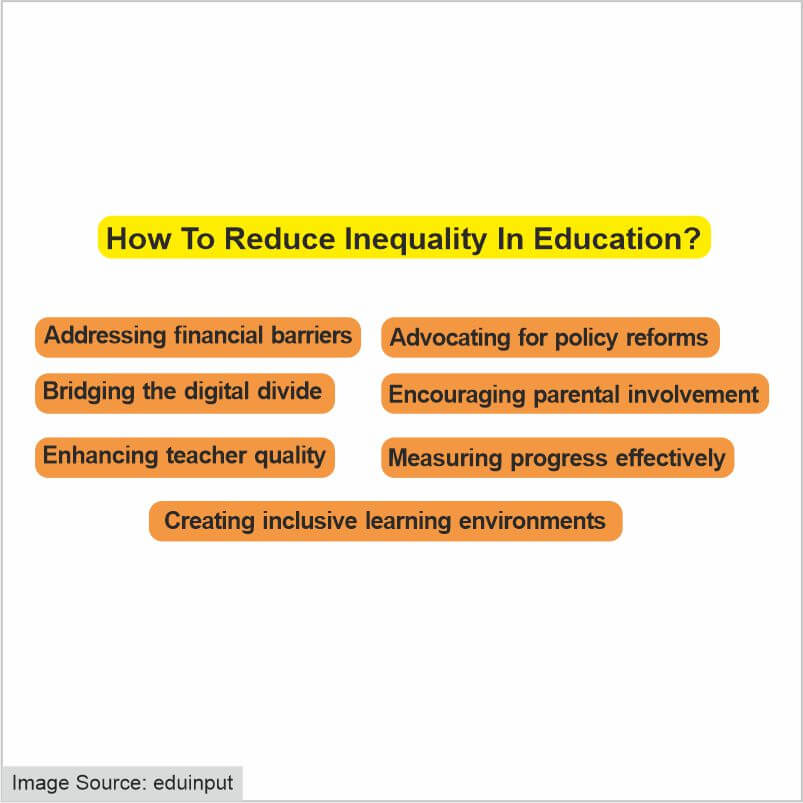“Education is the passport to the future, for tomorrow belongs to those who prepare for it today.” – Malcolm X
The above quote helps us to understand that it’s safe to say that no one knows what will happen tomorrow, having an education under one’s belt will open the door to more opportunities. These job opportunities are also likely to pay more with more education, so what we do today in terms of education will surely prepare us for what’s yet to come.
Education is often regarded as the great equaliser, but the reality in India is far from this ideal. The concept of education in India is not only aimed at making the people literate but it is also inspired by the principles of establishing cultural unity and socio-economic justice. Despite significant progress in recent decades, educational disparities persist, resulting in a wide disparity in student opportunities and outcomes nationwide. People living in the urban belts afford to educate their children through any hook and crook, but entering into another world of rural people, they find it difficult to educate themselves or their children. Rural and urban education have huge differences in terms of financial conditions, travelling, geographical conditions, and health reasons.
According to Deccan Herald, the literacy rate in India was about 77.7%, according to the 2018 report, as compared to 76% in the previous report. When a comparison was drawn, not only did urban areas fare better than rural areas in both surveys, but also there was a striking gap between the male and female literacy rates. As per the 2018 report, rural areas had a 73.5% literacy rate while in urban areas, the literacy rate was reported at 87.7%. The male literacy rate stood higher at 84.7% than female literacy rate at 70.3%.

One of the primary causes of educational disparities is unequal resource distribution. From outdated textbooks to a lack of proper infrastructure, the resource gap significantly impacts students' learning experiences. As we progress into the digital age, a new dimension of disparity has emerged: the digital abyss. A generation of students is disadvantaged due to a lack of access to technology and the Internet. The digital divide is worsening existing educational inequalities in areas ranging from online learning opportunities to digital literacy. Economic inequalities play a significant role in the educational divide. A family's financial situation influences a child's access to a good education. The economic gap widens gaps in education and limits students' holistic development, from private tutoring to extracurricular activities. The calibre of teachers is closely related to the quality of education. Investing in teacher development is critical to ensuring that every student, regardless of location, receives a high-quality education.
Access to education is a basic right for every human being, unfortunately, under certain circumstances many children in this country lack the basic right to education. They are the shining stars of the future generation who will lead the country ahead economically and socially. Thus, we as individuals must help those children who aim for a bright future but can’t afford to grab it. Child Help Foundation along with its crowdfunding partner Filaantro aims at this basic right. The organisation has helped 4,82,051 underprivileged children get access to education, many rural area schools have been renovated with better infrastructure, technology and other necessities. This gives a boost and confidence to the children and their parents that they too can achieve success in life. Apart from these, awareness sessions for parents are also given emphasising the importance of education.
Let us all together pledge to provide education to the less fortunate children and bridge the disparity between education and life. You can also be part of the organisation in helping these children for a brighter future.
